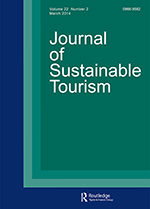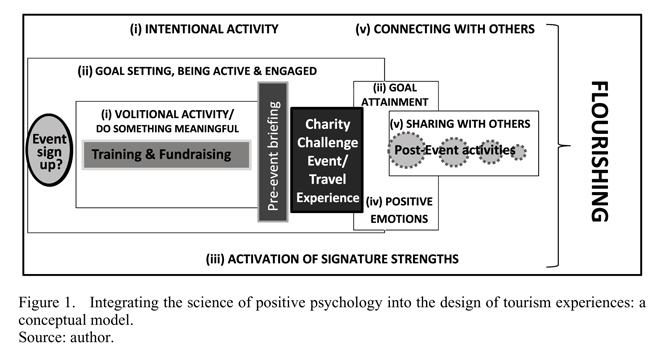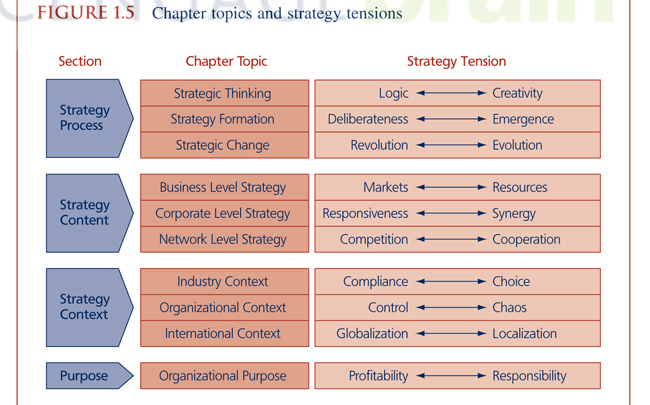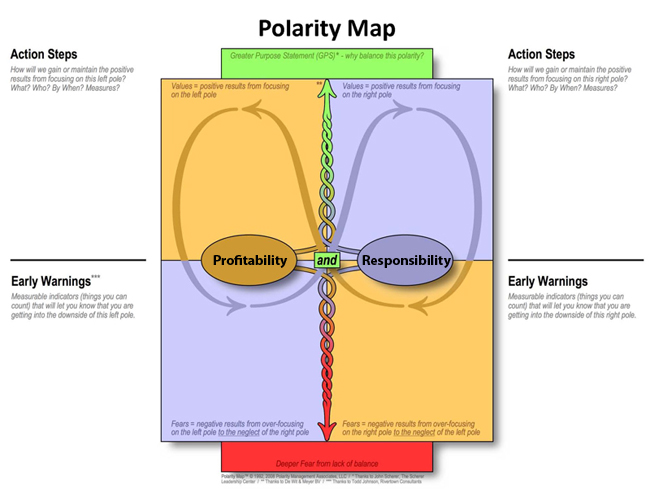 Dr. Alexandra Coghlan, in the Department of Tourism, Sport, and Hotel Management at Griffith University, has published numerous articles on volunteer tourism over the past decade. Her most recent offering, “Tourism and health: using positive psychology principles to maximize participants’ wellbeing outcomes – a design concept for charity challenge tourism,” is currently available for download from the Journal of Sustainable Tourism website. I highly recommend taking a closer look at the proposition that Dr. Coghlan puts forth. She writes [p.7]:
Dr. Alexandra Coghlan, in the Department of Tourism, Sport, and Hotel Management at Griffith University, has published numerous articles on volunteer tourism over the past decade. Her most recent offering, “Tourism and health: using positive psychology principles to maximize participants’ wellbeing outcomes – a design concept for charity challenge tourism,” is currently available for download from the Journal of Sustainable Tourism website. I highly recommend taking a closer look at the proposition that Dr. Coghlan puts forth. She writes [p.7]:
“This paper is based on the premise that it is both desirable and possible to integrate findings from the emerging science of positive psychology into the design of tourism experiences to improve their quality. Doing so extends the tourism and wellbeing literature beyond a description of wellbeing outcomes from tourism, and moves towards the deliberate experiential design of a tourism product to bring about human flourishing.”
She illustrates her vision with the following figure:
What does this tell us about voluntourism?
The Charity Challenge and Voluntourism
The charity challenge is closely aligned with voluntourism. In fact, some might consider it a form of voluntourism. What distinguishes charity challenges from what is most often considered voluntourism is that the voluntary service which is performed – traveling to a destination voluntarily to climb, hike, walk, bike, what have you, in an effort to raise funds for a cause – benefits communities outside of the destination. This distinction has raised numerous questions for host destinations, particularly those communities near such icons as Mt. Kilimanjaro in Kenya, as an example.
However, this is not what I wish to address in this post. Others have raised this question, most recently Nik Frey in this short piece for the Daily Nexus. No, for this post, I want to draw our attention to the premise that Dr. Coghlan puts forth, mainly that tourism products (in our case, voluntourism products), can be designed using the latest findings in a field such as positive psychology.
The Emerging Field of Developmental Leadership
Some of the most promising literature in the field of developmental leadership research has been introduced over the past several decades. Findings by Gardner, Graves, Cook-Greuter, Torbert, Wilber, and more recently, Scharmer, Laloux, Watkins, and numerous others have presented a very definitive picture of what we may do by designing experiences with a conscious awareness of enhancing what has been most commonly referred to over the last decade-plus as our awareness and perspective. Awareness and perspective have been described in the context of quadrants, lines, states, stages, and types by Wilber, and the Integral Theory that has ushered forth from these conceptual frameworks has moved across the globe rapidly through consultancies and publications.
A Confluence?
What has not been explored in the literature, at least to this point, however, is how this developmental leadership research and theory can be applied in the context of tourism products, or in our situation, in the context of voluntourism products. Coghlan’s premise may serve as a catalyst for academics to consider developmental leadership theory and its application in the design of voluntourism products, as the charity challenge certainly has an alignment with voluntourism and positive psychology similarly reflects the breakthroughs in developmental leadership theory.
Final Thoughts…
Coghlan’s piece represents a possible breakthrough in the exploration of the design of travel & tourism products – that we can consciously design travel & tourism products with the goal of wellbeing and “flourishing” at the heart of them.
Can we transfer this notion to voluntourism experiences?
Certainly, if we are developing ourselves as leaders and as human beings through uniquely designed “voluntourism” products, we are potentially benefiting the planet, not merely the destinations which may experience economic, and possibly social benefits as a result of voluntourists making their ways into host communities. If we can incorporate some of the concepts of developmental leadership theory and practical guidance that has emerged from those who have dedicated countless hours to researching how human beings develop and expand their awareness and perspective, we may introduce a new form of voluntourism that in effect will assist us in re-conceptualizing it (more on this in a future post).
For now, let us see if we can build on Coghlan’s thoughts of enhancing the wellbeing of humans, not as a mere byproduct of tourism, but as a consciously designed experiential approach to travel and voluntary service.


